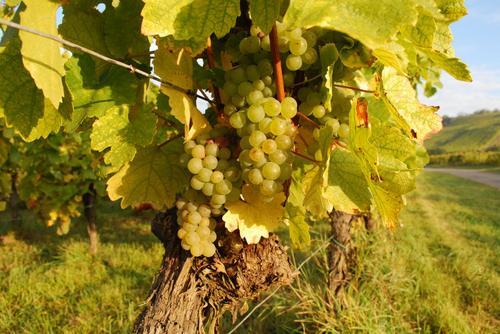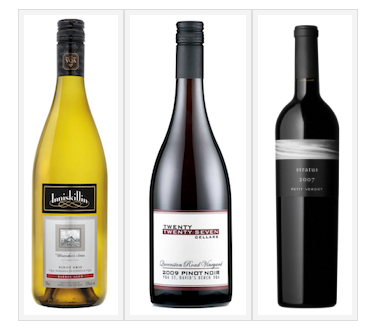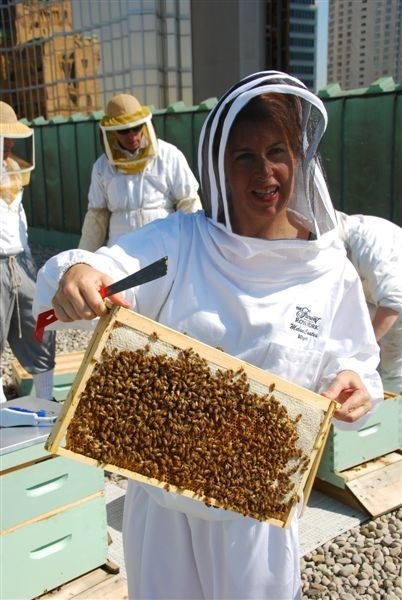Everyone knows wine regions neatly fall into old or new world. France and Italy, they are old. They have bad, flash websites and long family trees. Australia and Chile, they are new. They have flashy marketing and fresh money. Oversimplified and ridiculous? Sure. But kinda right? Totally.
Then there is Tokaj, in northeast Hungary, a wine region with an old heart and a young face. It is undoubtedly old and beyond that very old. The region was delimited in 1757,making it the world’s first delimited wine area. As perspective, Champagne was delimited in 1927, 170 years later. Tokaj wines carry a rich history, the favourite of many a dead European royal and revered philosoph. Louis XIV famously declared that Tokaj was, “the wine of kings and the king of wines”.

The vineyards of Disznoko in Tokaj, Hungary.
Yet unlike other old wine countries, whose famous vintages date back to time when a good Bordeaux outlived most men, Tokaj’s history is marred by political conflict. After the collapse of the Austro-Hungarian Empire and two world wars, the Hungarian communist state did not have much patience for the Kings’ wine of choice. Vineyards were mercilessly ripped out and replanted with the highest yielding varieties. Grapes from various properties were vinified together en masse with a focus on producing the largest quantity possible. The thought of these ripped out ancient vines is heart-breaking; even imagining the same fate befalling on famous French vineyards is unthinkable. Beyond utter vine destruction, the regions living history –stocks of ancient vintages- were lost, stolen or seized in times of political unrest.
After a particularly dark period in the 80s, the regions new life began after the collapse of communism with an injection of foreign investment in the early 1990s. Vineyards were replanted and new winemaking facilities were built, all in the hope of restoring the area to its former glory.
The glory of Tokaj rests in its sweet wines made from Aszu berries. Aszu berries are grapes affected by noble rot or Botrytis Cinerea, the same rot responsible for famous sweet wines in France and Germany. Botrytis fungus attacks the grape skins, enabling water to evaporate and flavour and sugar to concentrate. Aszu berries are unique in the extent of their shrivelling. While other botrytis-affected wine regions press their rotten grapes to capture the sweet juice, pressing aszu berries would be about as successful as making grape juice from raisins.

Shriveled Aszu berries.
Instead Tokaj wines are made in a traditional method first documented in 1630 with an infusion of modern technological advances care of the 90s restructuring (very old yet very new).
The method of production is very labour intensive. It begins with manual picking. However, unlike ripe grape bunches which can be clipped together, aszu berries are not all perfectly botrytized at the same time; On the same bunch, grapes can reach perfect ripeness weeks apart. Pickers must therefore carefully choose berry by berry, passing through the same piece of vineyard 3 to 7 times in a harvest. This is meticulous, difficult work that extends over months.

a careful picker at Disznoko in Tokaj.
Once picked the grapes are collected into large vats where they are stomped by foot. After being stomped they can wait up to one month before being vinified. Most grapes would become oxidized and rotten in half that time- imagine leaving ripe fruit out for a month- but aszu berries are so dried that they are chemically stable and unaffected.

Aszu berries being stomped by foot.
From there the Aszu berry paste is combined with a dry base wine. The more berries added to the base wine the sweeter it will be. In Old times, wineries measured grape concentration with a 27ish L bucket referred to as a puttonyo. The more puttonyos added to a base wine the sweeter it would be. For example, a 5 puttonyos wine would have 5 puttonyos of aszu paste added.
Producers have kept the naming system, but ditched the buckets. These wines are staggeringly sweet, the 6 puttonyos containing at least 120 grams/L of residual sugar. Then there is eszenzia the nectar of Tokaj, coming in at a mean 450+ grams or residual sugar. And when I say + I really mean it, some vintages of Eczenzia have 900 g/L of residual sugar. Eczenzia is made from the small run off of aszu berry juice produced as the grapes are stomped and wait in vats. Often 100L of grapes can produce just 1L of eszentia. Tasting it is spectacular- an explosion of honey and fruit bursting with ripeness, the rich botrytis and decadent sweetness filling your mouth like the jam you always wished your grandmother could make. Even with astronomical levels of sweetness, eszenzia is not cloying, but almost refreshing, supported by a killer acid backbone that balances all that sugar.

A spoonful of eszenzia is a beautiful thing.
While the eszenzia ages for years in glass jars, those macerating aszu berries are pressed then racked into Hungarian oak barrels. There they will stay for more-or-less two years in underground cellars with stable temperatures and high humidity. A perfect climate for ageing wine and mold, which feeds off the alchohol and grows furiously on cellar walls and anything else that isn’t fastidiously cleaned.

mold lined cellar.
From there blending and bottling and often more ageing takes place. The incredible berry by berry picking, grape stomping and ancient cellar ageing are undoubtedly old, oozing with a history thicker than eszenzia. Yet with pre-communist stocks destroyed, the oldest classical Tokaj vintage is 1993. An ancient tradition summed up in a child of 17.
Nicole Campbell is a wine blogger and
all around worker bee for Lifford Wine Agency, Ontario’s
largest supplier of wine to the hospitality industry. Currently living in
Bordeaux, getting first hand experience as a stagiaire for negotiant
Compagnie Medocaine. Follow her on twitter @liffordnicole.








Trackbacks/Pingbacks